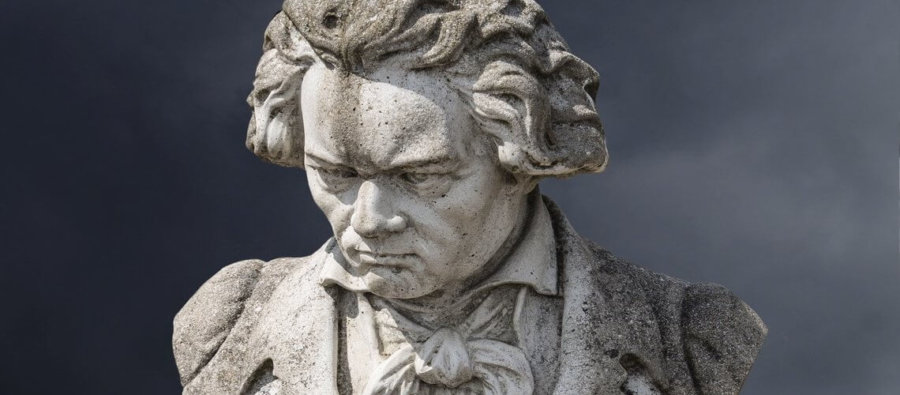Mark Malvasi is a Professor of History at Randolph-Macon College and is the author of The Unregenerate South: The Agrarian Thought of John Crowe Ransom, Allen Tate, and Donald Davidson (LSU, 1997), Slavery in the Western Hemisphere Circa 1500-1888 (St. James, 2003), and Dark Fields: Poems and an Essay ( Booklocker, 2018).

